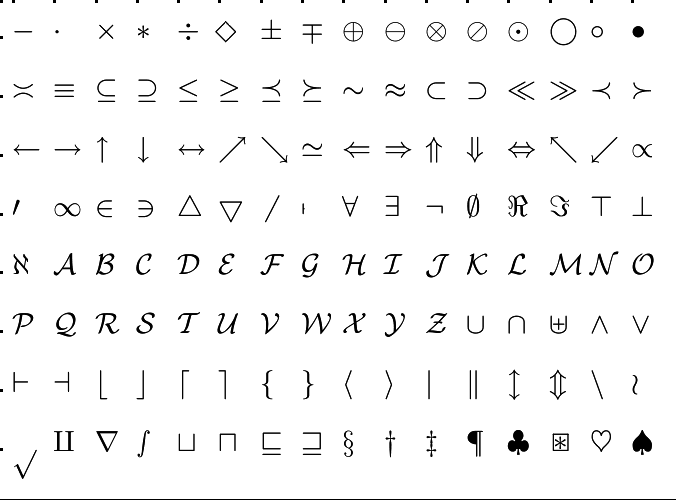Rekenen met variabelen *: Optellen en aftrekken van breuken *
 Multiplication and division of fractions
Multiplication and division of fractions
The product of two fractions
The product of two fractions is the rational number which can be written as a fraction having a numerator that is equal to the product of the numerators and with a denominator that is equal to the product of the denominators.
In a formula, for integers #a#, #b#, #c#, and #d# with #b# and #d# distinct from #0#:
\[ \begin{array}{rcl}\frac{a}{b}\cdot \frac{c}{d} &=& \frac{a\cdot c}{b\cdot d}\end {array}\]
The special case where #c=b# and #d=a# gives
\[\begin{array}{rcl}\frac{a}{b}\cdot \frac{b}{a} &=&1\tiny.\end{array}\]
The fraction #\frac{b}{a}# is called the inverse of #\frac{a}{b}#.
Sometimes it helps to not calculate these products of numerators and denominators right away, but first check if there are common divisors. This prevents calculations with unnecessarily large numbers. We will not do it in the explanation of the exercises.
For dividing fractions on each other:
Dividing by a fraction
Dividing by a fraction is the same as multiplying by the inverse fraction.
In a formula, for integers #a#, #b#, #c#, and #d# with #b#, #c#, and #d# distinct from #0#:
\[ \begin{array}{rcl}\frac{\ \displaystyle\frac{a}{b}\ }{\ \displaystyle\frac{c}{d}\ } &=& \frac{a}{b}\cdot \frac{d}{c}=\frac{a\cdot d}{b\cdot c}\end {array}\]
Instead of #\frac{\ \displaystyle\frac{a}{b}\ }{\ \displaystyle\frac{c}{d}\ }# we write #\displaystyle\frac{a}{b} / \displaystyle\frac{c}{d}#.

Or visit omptest.org if jou are taking an OMPT exam.



